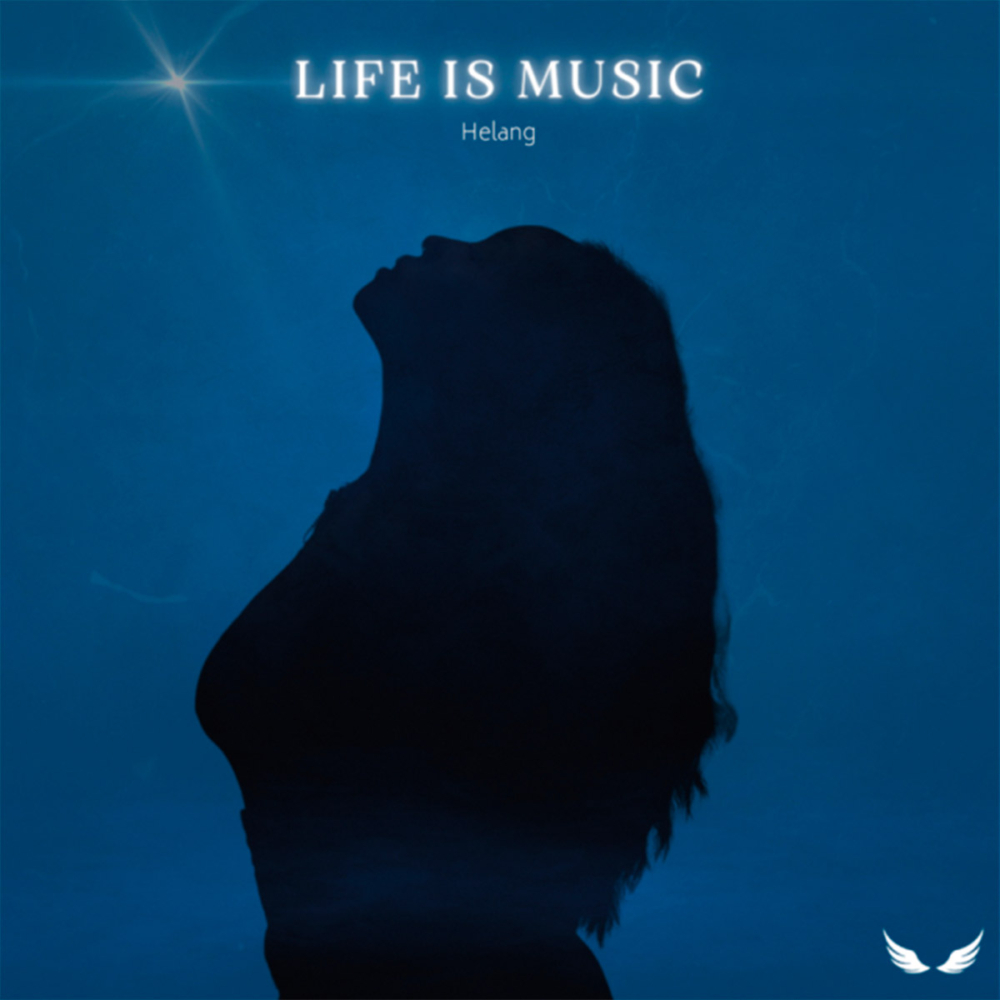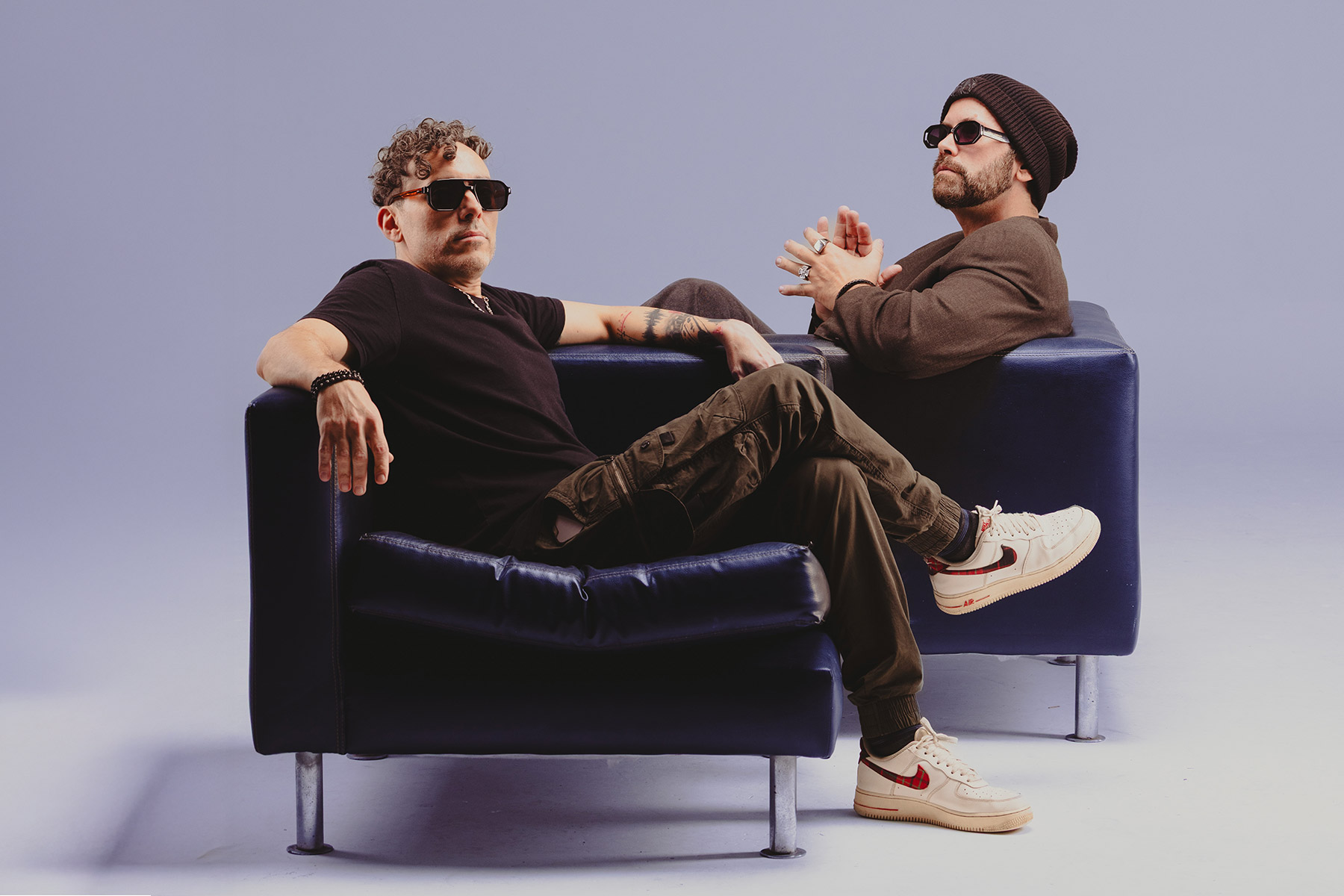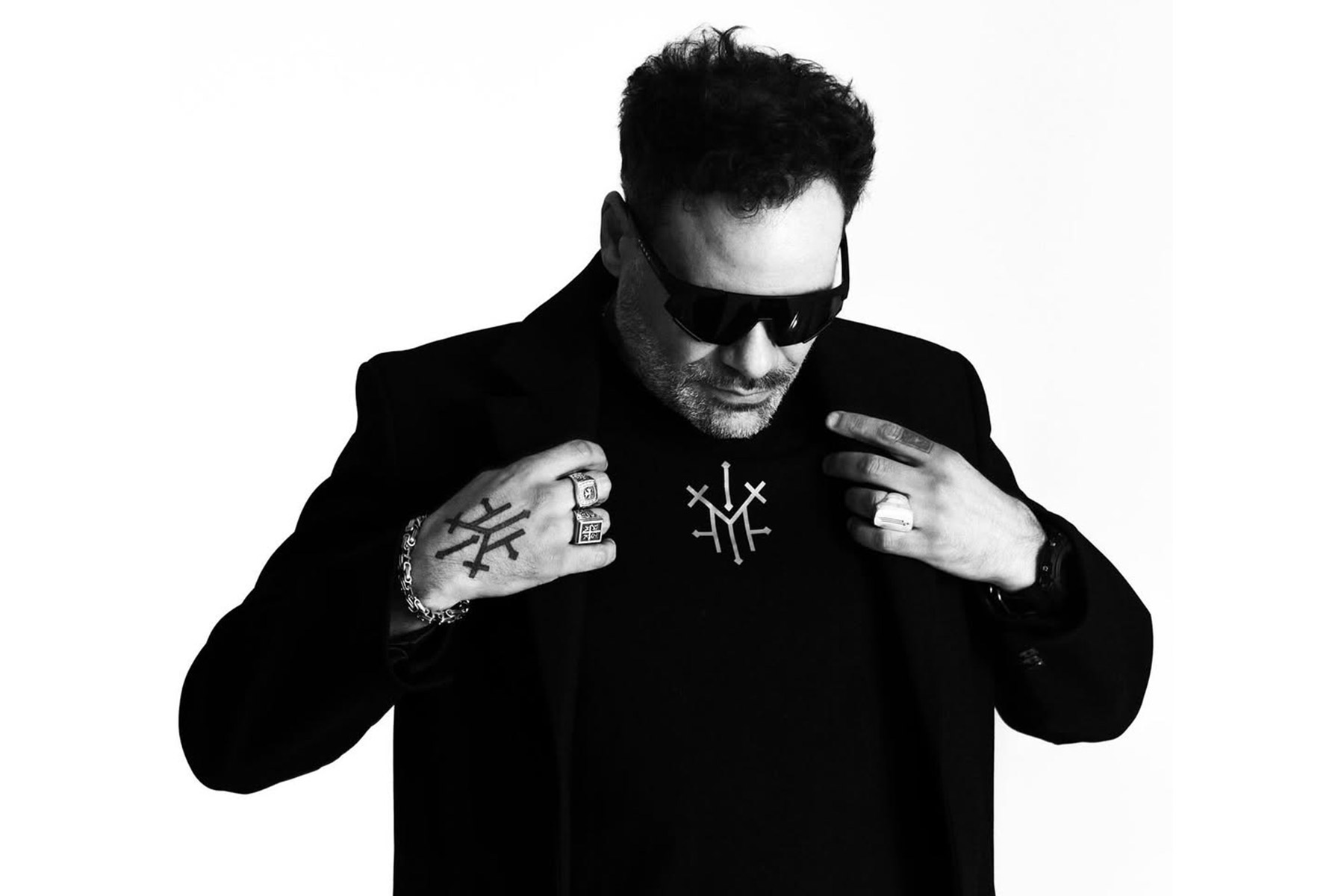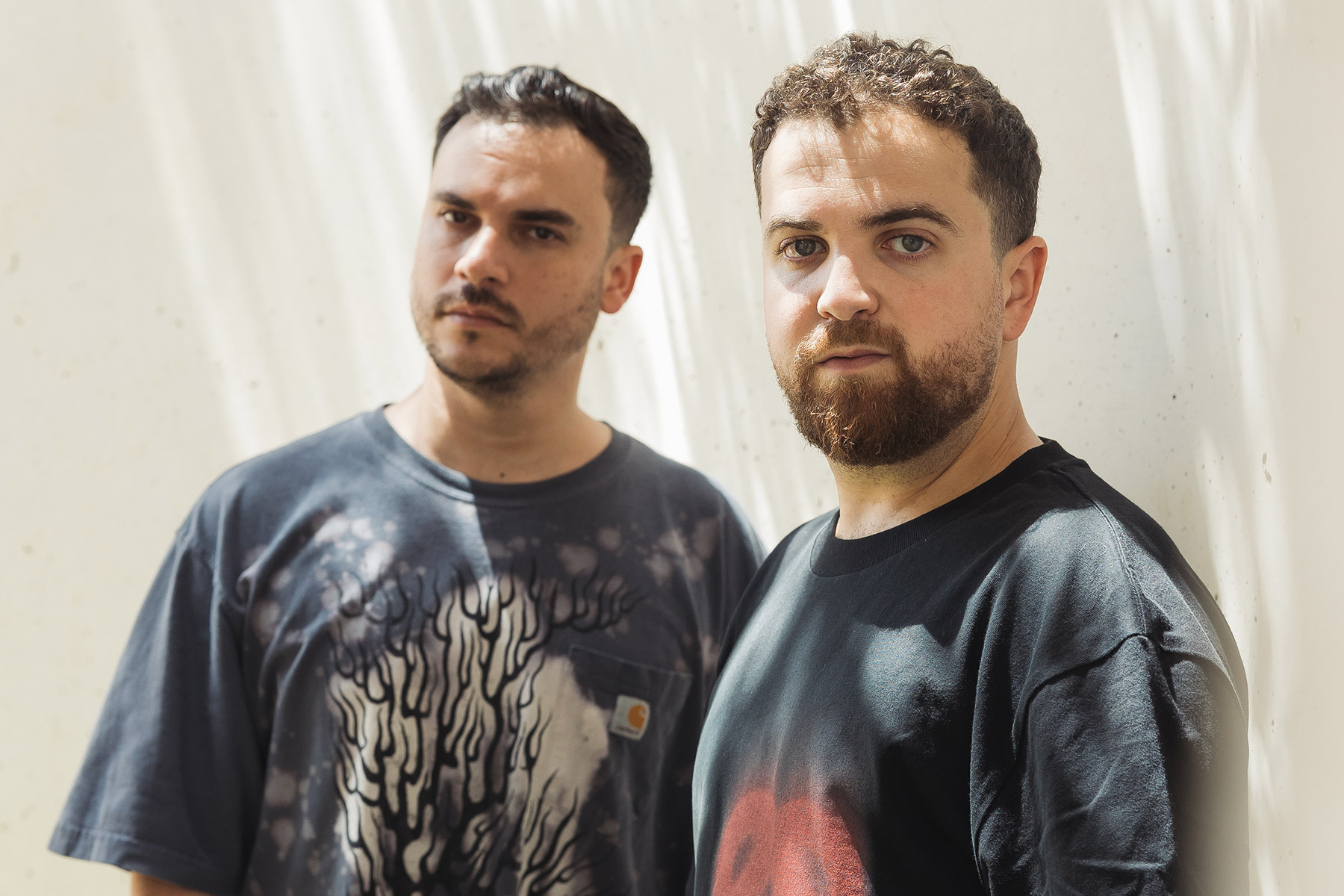Helang, a Chinese-American DJ/producer, blends house and techno with ethereal soundscapes and dynamic grooves. Her bold, authentic sound challenges conventions in electronic music.
Photo credit: Helang – Official
Helang’s rebellious approach combines synth-wave-inspired basslines with haunting vocals, creating a seductive sonic experience that exudes feminine strength. On stage, she captivates audiences with seamless mixing and high-energy performances, sharing bills with artists like Testpilot, Hi-Lo, and John Digweed.
With releases on European labels Manual Music and Stress Records, and the launch of her own Dauntless Records in 2023, Helang’s music has gained support from top DJs and featured in major publications and Spotify playlists. Her latest EP, ‘Life Is Music,’ showcases her multifaceted artistry, featuring two contrasting tracks that highlight her range as a producer.
This EP demonstrates Helang’s versatility as an artist. The two tracks on ‘Life Is Music’ present contrasting styles—one assertive and energetic, the other vulnerable and emotional. This range reflects Helang’s artistic vision: creating impactful compositions that express her experiences and inspire others through bold, unrestricted creativity.
To celebrate her latest release and offer fans insight into her creative process, Helang has opened her studio doors to share four tips for finding your workflow. These tips cover understanding different roles in music production, developing a personal approach, investing wisely in gear and plugins, and using samples creatively.
1. Understand the different roles.
Understand the differences between a songwriter, producer, mix engineer, and master engineer. A songwriter can sometimes go hand in hand with a producer, but the key difference is that the songwriter has the unique ability to craft a good idea for the song. Without a solid foundation, there is no song. No amount of good mixing or mastering will ‘save’ the song otherwise.
One way to create a solid foundation for a song is to build a good template. Make sure you have designated sections in there such as your intro, first break, first drop, main break, main drop, second drop, and outro. Label each section and save it in a folder for future use.
2. Find your workflow.
This will look different for everyone, but it is important to find what works for you. Generally speaking, it is definitely important to always try to finish your songs. It isn’t a black-and-white situation though; I’ve had songs I never finished because they just weren’t panning out well. Trust your gut. For example, one thing I do every now and then is designate an hour to organizing samples. I will go through a bunch of categories such as kicks, shakers, hats, percussions, fills, risers, impacts, etc., and put them in folders in Ableton. This helps give the process of creation more productivity and clarity.
3. Don’t spend too much money.
Don’t spend too much money on fancy gear or expensive plugins. A lot of the time, you will be able to achieve your desired result by using a stock plug-in. However, if you really want to invest in timeless, practical plug-ins, I recommend the Valhalla, Soundtoys, and FabFilter bundles. Specifically, the Valhalla Vintage Verb is an excellent reverb that can make your sample sound very full and “spacey”. It definitely takes your effect up a notch from the hall reverb.
4. Don’t be afraid to use samples.
Don’t get into your head about needing to create everything from absolute scratch. For creativity purposes, I also love to use samples from (for example, Splice) a genre that is different from what I am producing at that moment. For instance, I will find an Afro-house groove for a techno track and blend them in well to give it some flavor. Sometimes it may not work, so use your ears and trust your gut. This all takes trial and error.

Helang’s ‘Life Is Music’ is out now on Dauntless Records. Stream and download here.
Follow Helang: Spotify | Soundcloud | Instagram | Facebook








